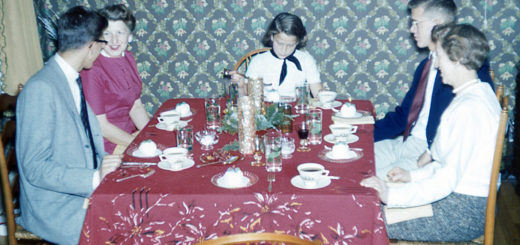Plausible Fictions

Suppose photographing is, as Flusser contended, an act of projecting, rather than “capturing” extant meaning. Rather than constituting records, then, photographs propose possibilities, sometimes in tremendously persuasive detail. Photographs are what comes of reaching into an inherently meaningless mass of whirling particles, selecting and assembling them so as to produce something meaningful — in most cases, a picture. If we accept the premise, then a “good” photograph is one that corresponds to, effectively “realises” a particular possibility in a viewer’s mind. Such an esthetic (value system) wouldn’t need to distinguish between “straight” or “manipulated,” fact or fiction. All would be fictions. One could judge an image’s plausibility — plausibility being potentially technical (obedience to technical rules of perspective, light, etc.) or emotional or geological or historical. And one might, with Flusser, prioritise those images that are unfamiliar, new, that correspond to nothing, and that become meaningful at, or beyond the limits of our perception.


